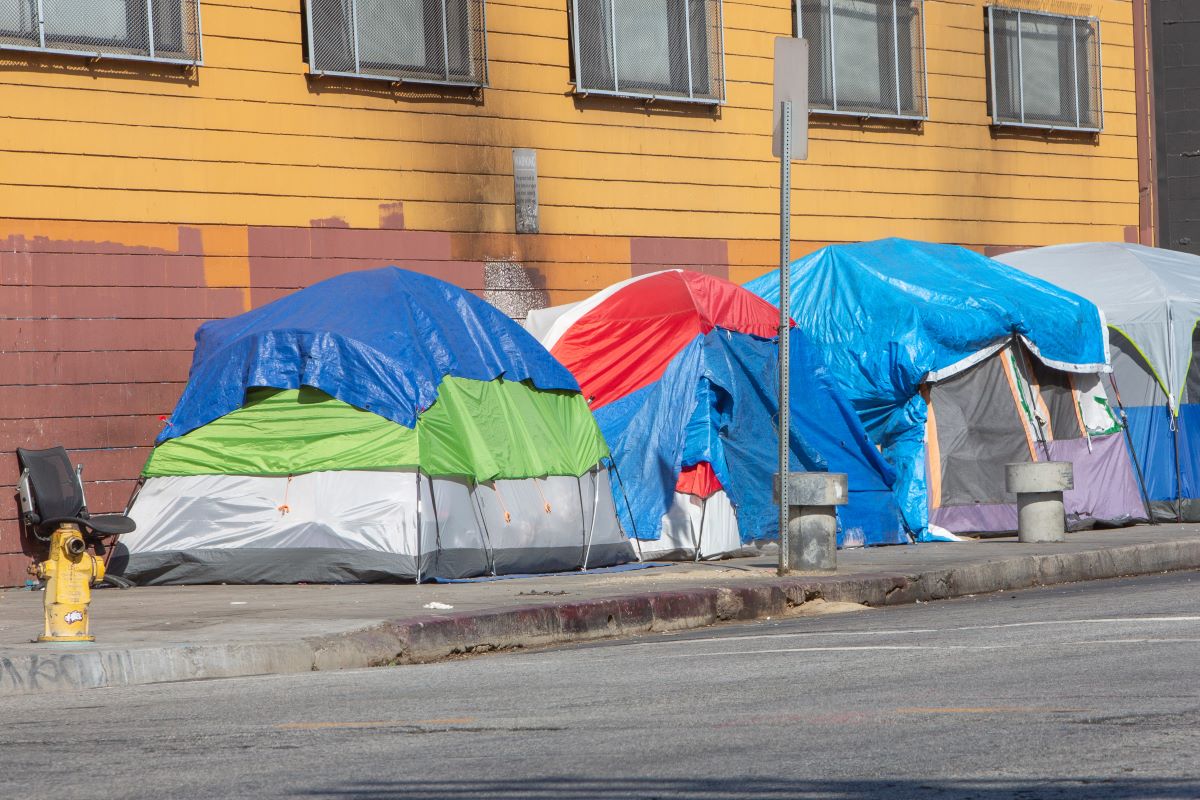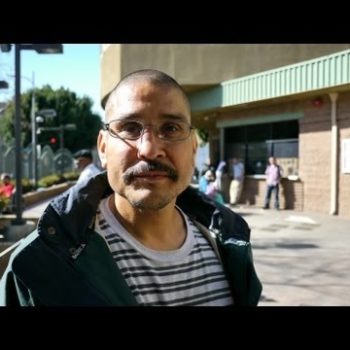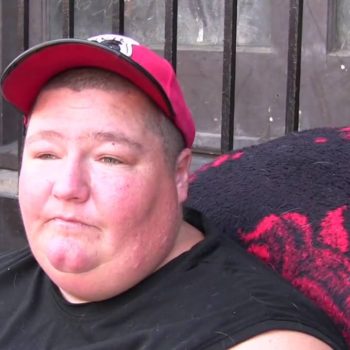Two weeks ago, U.S. District Judge David Carter ordered the City of Los Angeles to offer and provide shelter to all homeless people in Skid Row’s general population by October 21.
The order was issued in response to a lawsuit that alleged the city’s failure to manage a “homelessness crisis that merits immediate, emergency action,” Carter wrote in the 110-page legal brief.
According to the latest Point in Time Count data, over 66,000 people are experiencing homelessness in Los Angeles County, two-thirds of whom reside in the city. These totals represent a 12 percent and 16 percent increase in homelessness, respectively.
Los Angeles Mayor Eric Garcetti described the city’s homelessness issue to NPR in 2019 as “the humanitarian crisis of our lives” requiring “a FEMA-level response” akin to that of the San Francisco Earthquake in 1906.
Throughout the opinion, Carter describes various ways Los Angeles has failed to address its homelessness issue. He discusses redlining, containment, eminent domain, exclusionary zoning, and gentrification. Carter concludes that “the City and County of Los Angeles created a legacy of entrenched structural racism,” which permeates the city’s present homelessness crisis.
While the order notes several contributing factors to homelessness, it also asserts several false narratives about unhoused people and poverty in general. From its framing of homelessness to its deference to real estate interests and reliance on the shelter system as a solution to homelessness, Carter’s order is rife with problems that must be addressed.
Framing the Narrative
Carter’s narrative frames homelessness in economic terms, which implies homelessness is the result of poor decision-making and not poor public policy.
He begins by asserting that homelessness in Los Angeles began with the arrival of migrant workers to the area. Then, homelessness expanded through the Great Depression, redlining, and the return of soldiers from World War II. Once the government created tax subsidies for low-income housing in the 1970s, homelessness exploded, he argues.
While the events Carter describes are factual, framing the narrative as one about decision-making is entirely problematic. Research by the Chicago Booth School of Business found that bad decisions are a byproduct of poverty, not the cause.
“Program designers and policymakers often suffer from a failure to accurately take the perspective of the people they are trying to help,” Christopher J. Bryan, a psychology professor at the university, said in a statement.
“They design programs that would be appealing to people if they had the luxury of being able to devote careful thought and attention to considering them. But poverty imposes a heavy attentional ‘tax’ that prevents people from devoting that kind of thought to new opportunities,” he continued.
Real Estate Interests
While Carter’s order seemingly offers Los Angeles an ultimatum – “housing or shelter” – in practice, it promotes the same interests that spawned homelessness: private property and real estate.
Construction projects for homeless shelters and low-income housing are often financed through a complex web of private funds and public tax incentives. When coupled with the branding of providing “affordable housing,” the setup allows for-profit investors and developers to bypass public scrutiny.
The political chum of providing affordable housing is irresistible for lawmakers as well. California Governor Gavin Newsome’s 2021 budget calls for a $1.75 billion investment in the state’s homeless services and shelter systems. The investment earmarks $750 million to continue Project Room Key – where the state rents hotel rooms for homeless individuals.
Meanwhile, the two most-used federal tax incentives for affordable housing – Section 8 vouchers and the Low Income Housing Tax Credit (LIHTC) – don’t provide the necessary incentives to make building low-income housing profitable for developers. Instead, Carter says simply create privately-owned and publicly-funded assets for landlords.
“Despite understanding the loopholes built into the affordable housing model from as early as 1988, national housing policy in 2021 remains reliant on the same private-public structure,” Carter wrote.
To investigate this connection, the order requires the Mayor’s Office to conduct an audit within 90 days of how agencies tasked with solving or alleviating homelessness spent the funds they’ve received, including pandemic relief funds.
Relying on the Shelter System
Maybe the most pernicious aspect of the order is its reliance on the state’s shelter system to solve its homelessness crisis. According to the order, City Controller Ron Galperin is responsible for preparing a report within 30 days outlining all available pieces of land fit for developing homeless shelters or other forms of housing.
While similar in that both housing and shelters provide roofs over residents’ heads, they are dramatically different for people experiencing homelessness.
Housing provides a person with dignity and autonomy. They can come and go as they please, store whatever items they acquire, and invite guests over at will. Conversely, shelters offer a semi-carceral experience where residents are under constant surveillance and are subject to prohibitions on certain possessions, pets, and children.
Shayla Myers, a public interest attorney with Unequal Cities, a housing justice organization, described shelters as a “band-aid” to a problem that requires a “cure.”
Can’t believe we have to say this in 2021: Shelter and housing aren’t the same thing:
Shelter hides homelessness
Housing solves our housing crisisShelter perpetuates white supremacy
Housing helps combat structural racismShelter is a bandaid
Housing is a cure https://t.co/4UjzaOTwXa— Shayla M. (@shaylarmyers) April 22, 2021
This is part one is a three-part series. Click here for part two.













